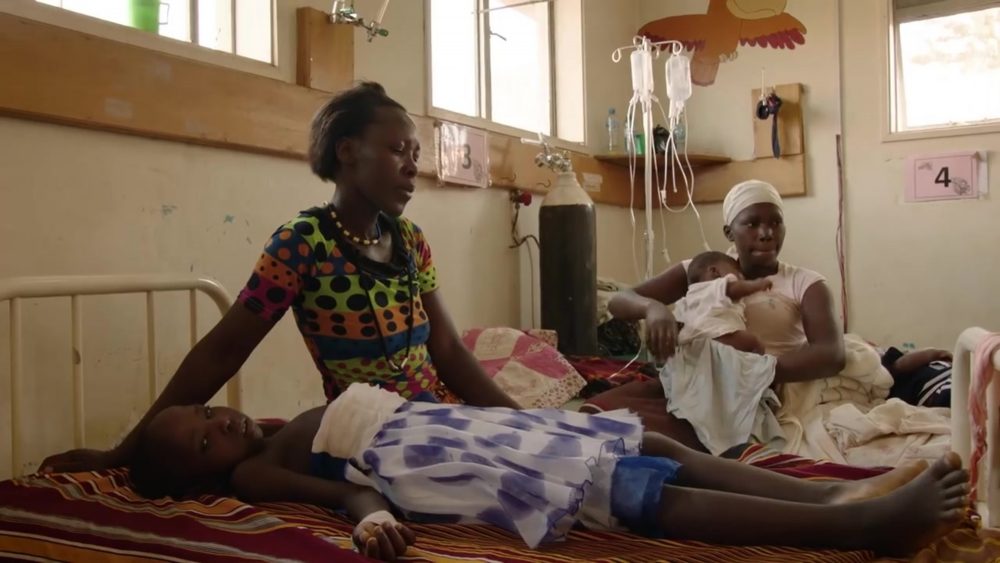Malaria
Malaria is a disease caused by the parasite Plasmodium, which is transmitted by the bite of an infected mosquito.
Only the Anopheles genus of the mosquito can transmit Malaria. The symptoms of the disease include fever, vomiting, and/or headache. A characteristic malarial fever has ‘hot’, ‘wet’, and ‘cold’ phases and appears 10 to 15 days after the mosquito bites. To diagnose malaria, blood slides are examined under a microscope, where the parasite is seen inside red blood cells. Rapid diagnostic test kits (RDTs) are used for diagnosing malaria in remote areas where microscopes cannot be used.
Plasmodium vivax or P. falciparum are the most common malarial parasites, while P. malariae and P. ovale are other rarer forms. Of these, infection with P. falciparum is the most fatal if left untreated, possibly leading to kidney and brain complications, and even death. Chloroquine was the treatment of choice for malaria and is still followed in most countries for treatment of P. Vivax, but P. falciparum has developed resistance to it. As a result, Artemisinin-based combination therapy is now presently advised as the primary treatment for malaria. Among preventive measures, the use of insecticide treated nets at home and indoor residual spraying of insecticides are recommended for malaria. These precautions act by decreasing exposure to bites of infected mosquitoes.
- Malaria is a life-threatening disease caused by parasites that are transmitted to people through the bites of infected mosquitoes.
- A child dies of malaria every 30 seconds.
- Malaria is preventable and curable.
- Approximately half of the world’s population is at risk of malaria, particularly those living in lower-income countries.
- Travellers from malaria-free areas to disease “hot spots” are especially vulnerable to the disease.
- Malaria takes an economic toll – cutting economic growth rates by as much as 1.3% in countries with high disease rates.
Malaria is caused by parasites of the species Plasmodium. The parasites are spread to people through the bites of infected mosquitoes.
There are four types of human malaria:
- Plasmodium falciparum
- Plasmodium vivax
- Plasmodium malariae
- Plasmodium ovale
Malaria is preventable and curable if diagnosed early and prompt and effective treatment with artemisinin-based combination therapies used. Several medications are available for chemoprevention but these medicines are not 100% protective and must be combined with personal protective measures such as:
- Using long lasting insecticidal bed nets (LLINs);
- Wearing long-sleeved shirts and long trousers;
- Applying insect repellent on any exposed skin, especially when going out at night when mosquitos are most active;
- Using indoor residual spraying (IRS).
LLINs have played a major role in reducing malaria rates in Africa but much remains to be done. In 2013, 33% of households in Africa still did not own a single LLIN while only 29% of households had sufficient numbers of LLINs for all household members. In addition, 10% of those with access to LLINs did not use them correctly or consistently.
In order to ensure adequate amounts of LLINs and other personal protective measures and stimulate their appropriate use, increased funding by all stakeholders is needed to end malaria and save lives.
To address these challenges, countries and partners should adopt “Investing for Impact” as a guiding principle. This principle is anchored in the Global Technical Strategy (GTS) for malaria and aims to reduce malaria incidence and mortality rates by at least 90% by 2030 and eliminate malaria from at least 35 countries in which malaria transmission is occurring in 2015.


